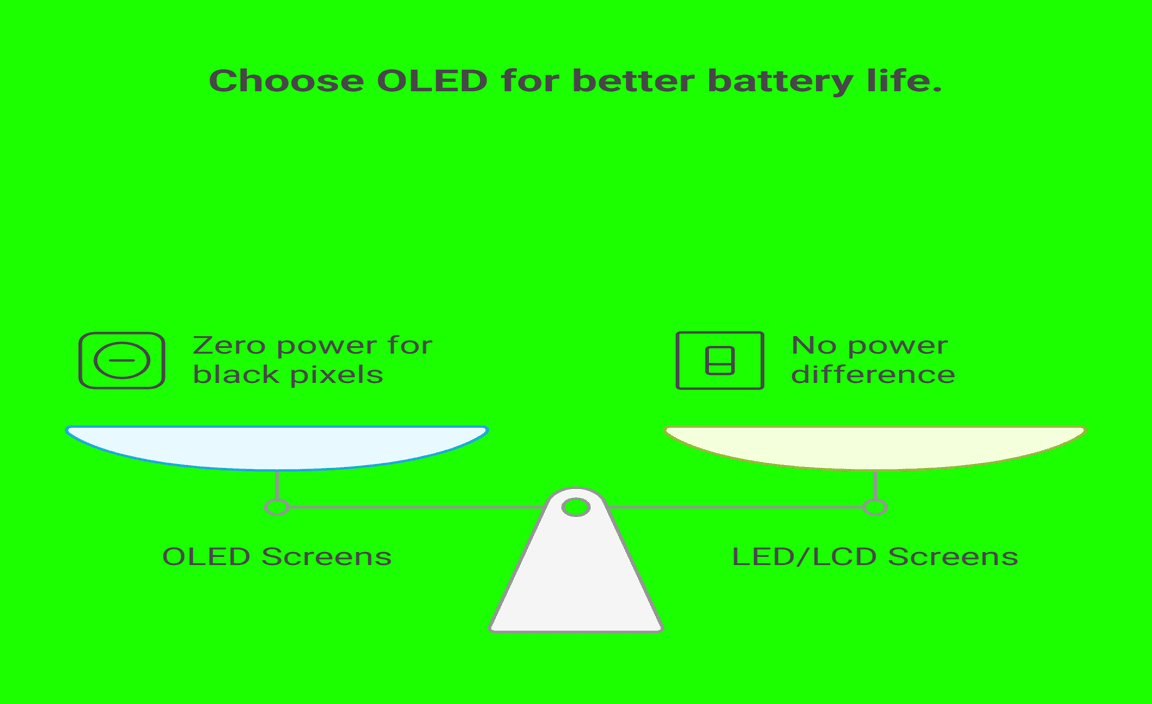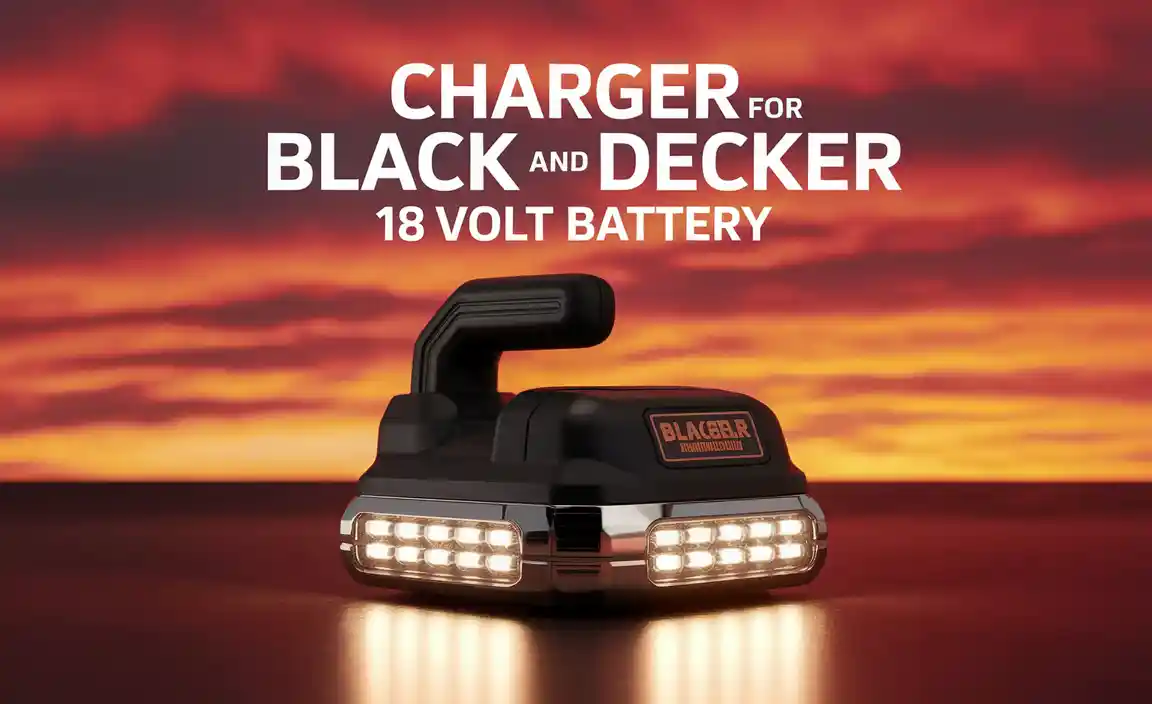For your 2013 Hyundai Elantra, the most common and suitable battery size is Group Size 35. This size offers a good balance of power and physical fit for your vehicle. Always double-check your owner’s manual or a reliable auto parts store if you’re ever unsure.
Is your 2013 Hyundai Elantra struggling to start? Does the engine crank slowly or not at all? A weak or dead battery is often the culprit. Replacing your car battery might seem like a big task, but it’s actually very manageable, even for beginners. Think of it like giving your car a fresh jolt of energy!
Here, we’ll walk you through everything you need to know to find the right battery for your 2013 Elantra. We’ll keep it simple, safe, and stress-free. You’ll learn about battery sizes, what those numbers and letters mean, and how to choose the best one without any confusion. Let’s get your Elantra back on the road with confidence!
Understanding Car Battery Basics for Your 2013 Hyundai Elantra
When it comes to car batteries, it’s easy to get lost in technical terms. But don’t worry, we’ll break it down. Your car battery is the heart of its electrical system. It provides the power needed to start the engine and also keeps your lights, radio, and other electronics running when the engine is off.
For a 2013 Hyundai Elantra, the battery’s job is crucial. It needs to deliver enough “oomph” (that’s electrical power!) to get things going, especially on a cold morning. Different cars need different sizes and types of batteries, much like different devices need different power adapters. We’ll help you figure out exactly what your Elantra needs.
What Does “Battery Size” Really Mean?
When we talk about “battery size,” we’re not just talking about height and width, though that’s important for fitting it under your hood. The most common way batteries are categorized is by their group size. This system helps automotive manufacturers and part suppliers ensure that batteries will physically fit and connect correctly in a vehicle.
For the 2013 Hyundai Elantra, the generally recommended group size is Group Size 35. This designation tells you about the battery’s physical dimensions and terminal placement. It’s like a standard plug size for your car’s electrical system.
Why Group Size 35 is Usually the Best Fit
The Group Size 35 battery is designed to fit snugly in the battery tray of many vehicles, including your 2013 Hyundai Elantra. Its dimensions are typically around:
- Length: 9.06 inches
- Width: 6.88 inches
- Height: 8.75 inches
These dimensions allow it to sit securely without the risk of sliding around, which is vital for safe operation. The terminal posts (the little metal knobs where you connect the cables) are also positioned in a way that usually matches the length of your car’s battery cables. This makes installation much smoother, reducing the chances of needing extra, awkward extensions.
Beyond Size: Key Battery Specifications
While group size is the primary factor for fitting your 2013 Elantra battery, there are other important specifications to consider. These affect how well the battery performs, especially in tough conditions.
Cold Cranking Amps (CCA)
This is a vital measure of a battery’s ability to start your car in cold weather. It’s the number of amps a battery can deliver at 0°F (-18°C) for 30 seconds while maintaining a voltage above 7.2 volts. For a 2013 Hyundai Elantra, a CCA rating of around 450-550 is usually sufficient. If you live in a very cold climate, opting for a battery with a higher CCA rating can provide extra peace of mind.
Reserve Capacity (RC)
Reserve Capacity tells you how long a fully charged battery can deliver 25 amps at 80°F (27°C) before its voltage drops below 10.5 volts. This is important if you sometimes get stuck in situations where you need to run accessories (like the radio) with the engine off for an extended period. While not as critical as CCA for starting, a higher RC is always a good thing.
Voltage (V)
Virtually all modern passenger cars, including your 2013 Elantra, use a 12-volt battery system. You won’t typically see different voltage options when looking for a car replacement battery. Stay with 12V!
How to Find the Perfect Battery for Your 2013 Hyundai Elantra
Now that you understand the basics, let’s talk about how to pinpoint the exact battery you need. There are a few reliable ways to do this, ensuring accuracy and compatibility.
Method 1: Check Your Owner’s Manual
Your Hyundai Elantra’s owner’s manual is the most authoritative source for this information. It will specifically state the recommended battery group size and any other important specifications. You can usually find this information in a section about maintenance or specifications.
If you don’t have your physical manual handy, many manufacturers offer digital versions on their official websites. A quick search for “2013 Hyundai Elantra owner’s manual PDF” might help you find it online.
Method 2: Look at Your Current Battery
Your existing battery often has its specifications clearly labeled on it. Look for a sticker or imprint that shows the group size (like “35”) and sometimes even CCA ratings. This is a quick way to confirm what’s already working in your car.
Safety Tip: Before you touch the battery, make sure the engine is off and has had a chance to cool down. Wear safety glasses to protect your eyes from any potential battery acid.
Method 3: Use Online Retailer Tools
Most reputable automotive parts websites and online retailers have a “fitment guide” or “vehicle selector” tool. You simply enter your car’s year, make, and model (2013 Hyundai Elantra), and they will show you all the batteries that are compatible. This is a super convenient method.
For example, stores like AutoZone, Advance Auto Parts, O’Reilly Auto Parts, and even larger online marketplaces like Amazon or eBay have these tools. They are designed to be user-friendly for DIYers just like you.
Method 4: Visit an Auto Parts Store
Don’t underestimate the knowledge of the staff at your local auto parts store! They have access to extensive databases and can quickly look up the correct battery size for your 2013 Elantra. They can often show you the batteries in person and even offer advice on brands and features.
When you go, be ready to provide them with your car’s year, make, and model. They’ll likely ask if it’s a standard model or if you have any aftermarket electrical systems installed (like a powerful stereo) that might require a beefier battery.
Comparing Battery Types and Brands
Once you know you need a Group Size 35 battery, you’ll see a variety of options. Batteries generally fall into a few categories, and brands all have their strengths.
Types of Car Batteries
For most 2013 Hyundai Elantra models, you’ll be looking at conventional flooded lead-acid batteries. These are the most common and cost-effective. They require occasional checks of the electrolyte levels (the liquid inside) if they have removable caps.
Some newer batteries are “maintenance-free,” meaning they have sealed tops and don’t require electrolyte checks. Most Group Size 35 batteries sold today fall into this category.
Factors for Choosing a Brand
When choosing a brand for your 2013 Hyundai Elantra, consider these factors:
- Warranty: A longer warranty (e.g., 2-3 years free replacement) indicates the manufacturer stands behind their product.
- CCA Rating: As mentioned, higher CCA is better for cold climates.
- Price: Batteries range in price. A higher price often reflects better construction, longer lifespan, and stronger warranties.
- Brand Reputation: Stick with well-known brands that have good reviews for reliability and customer service. Some popular and reliable brands include:
- Interstate Batteries
- DieHard (often sold at Advance Auto Parts)
- Optima (known for AGM, though not typically standard for Elantra)
- ACDelco
- EverStart (Walmart’s brand, often a good value)
- Duralast (AutoZone’s brand)
Battery Brands and Their Typical Specifications (Example for Group Size 35)
Here’s a general overview of what you might find when looking at different brands for a Group Size 35 battery. Keep in mind that specific models within a brand can vary.
| Brand | Typical CCA Range | Typical Warranty | Price Range (USD) |
|---|---|---|---|
| Interstate Batteries | 450-700 | 30 months free replacement | $$$ |
| DieHard | 475-660 | 18-36 months free replacement | $$ – $$$ |
| ACDelco | 475-620 | 12-24 months free replacement | $$ |
| Duralast (AutoZone) | 500-650 | 18-36 months free replacement | $$ – $$$ |
| EverStart (Walmart) | 400-600 | 1-3 years free replacement | $ – $$ |
Note: Price ranges ($=low, $$=medium, $$$=high) are estimates and can vary by retailer and current promotions. Always check current pricing.
When to Replace Your 2013 Hyundai Elantra Battery
Batteries don’t last forever. They typically have a lifespan of 3 to 5 years, depending on climate, driving habits, and battery quality. Here are signs that it might be time for a replacement:
- Slow Engine Crank: The most common sign. The engine turns over slower than usual.
- Clicking Sound When Turning the Key: If you hear a rapid clicking sound but the engine doesn’t start, the battery might be too weak to engage the starter motor.
- Dim Lights: Headlights, interior lights, or dashboard lights appear dimmer than normal, especially when the engine is off or just starting.
- Electrical Issues: Power windows operate slowly, or the radio acts up. These are often linked to insufficient voltage from a weak battery.
- Corrosion on Terminals: While corrosion can be cleaned, excessive buildup can be a sign of a battery nearing the end of its life or leaking.
- Battery Warning Light: Your car’s dashboard may display a battery warning light, indicating a problem with charging or the battery itself.
- Swollen or Leaking Battery Case: A sign of internal damage, heat exposure, or overcharging. This is a critical issue, and the battery should be replaced immediately.
If you notice several of these symptoms, it’s a good idea to get your battery tested. Most auto parts stores offer free battery testing.
DIY Battery Replacement: A Step-by-Step Guide
Replacing your 2013 Hyundai Elantra battery yourself can save you money and give you a sense of accomplishment. It’s a straightforward process if you follow these steps carefully. Safety is paramount here.
Tools You’ll Need:
- A new Group Size 35 battery (correct specifications!)
- Wrenches (usually a 10mm and possibly a 12mm or 13mm for the terminal clamps and hold-down bracket)
- Safety glasses
- Gloves
- A wire brush or battery terminal cleaner
- Optional: Anti-corrosion spray or felt washers
- Optional: Small piece of memory saver/OBDII saver (to keep radio presets and engine computer memory)
Safety First!
- Turn off the engine and remove the key.
- Wear safety glasses and gloves. Batteries contain corrosive sulfuric acid.
- Avoid sparks. Don’t smoke or allow open flames near the battery.
- Ensure good ventilation.
- If you are unsure at any point, stop and consult a professional.
The Replacement Process:
- Locate the Battery: In your 2013 Elantra, the battery is typically located under the hood, on one side of the engine bay.
- Disconnect the Negative Terminal First: This is crucial for preventing short circuits. Use your wrench to loosen the nut on the clamp for the black cable (negative terminal, marked with a “-“). Twist and pull the cable off the terminal. Move it aside so it can’t accidentally touch the terminal.
- Disconnect the Positive Terminal: Next, loosen the nut on the clamp for the red cable (positive terminal, marked with a “+”). Twist and pull the cable off.
- Remove the Battery Hold-Down Bracket: Most batteries are secured by a clamp or bracket at the base of the battery. You’ll need to find the bolt(s) holding this in place and remove them using the appropriate wrench. Keep these parts safe!
- Lift Out the Old Battery: Batteries are heavy (around 30-40 lbs). Lift with your legs, not your back. Carefully lift the old battery straight up and out of the tray.
- Clean the Battery Tray and Terminals: Use a wire brush to clean any corrosion from the battery tray and the cable clamps. You can also use a specialized battery terminal cleaner. This ensures a good connection.
- Install the New Battery: Carefully place the new Group Size 35 battery into the tray, ensuring it sits correctly and faces the right direction for the cables to reach the terminals.
- Secure the Hold-Down Bracket: Reinstall the hold-down bracket and tighten the bolts you removed in step 4. Make sure the battery is firmly secured and doesn’t wiggle.
- Connect the Positive Terminal First: Slide the red (positive, “+”) cable clamp onto the positive terminal and tighten the nut securely with your wrench.
- Connect the Negative Terminal: Slide the black (negative, “-“) cable clamp onto the negative terminal and tighten the nut securely.
- Add Anti-Corrosion Protection (Optional): You can apply a thin layer of dielectric grease, petroleum jelly, or use anti-corrosion felt washers on the terminals to help prevent future corrosion.
- Start the Car: Your car should now start up! If you used a memory saver, reconnect it to the OBDII port before disconnecting the old battery or remove it after connecting the new one.
- Dispose of the Old Battery Properly: Car batteries are hazardous waste. Most auto parts stores will take your old battery for recycling when you purchase a new one. It’s often required for warranty purposes and is environmentally responsible.
Battery Maintenance Tips for Longevity
Keeping your new battery in good shape will help it last longer and perform reliably. Here are some simple maintenance tips:
- Keep the Terminals Clean: Periodically check for corrosion. If you see white or bluish powdery buildup, clean it with a stiff brush and a mixture of baking soda and water. Rinse with clean water and dry thoroughly before reconnecting cables. The U.S. Department of Energy’s FuelEconomy.gov has great general car maintenance advice.
- Ensure a Secure Fit: Make sure the battery is held down tightly. A loose battery can be damaged by vibrations and can also cause cables to become loose.
- Avoid Deep Discharges: Try not to leave accessories running (like lights or the radio) for extended periods with the engine off. Deep discharges can shorten a battery’s life.
- Protect from Extreme Temperatures: Extreme heat can degrade battery components faster, while extreme cold reduces battery performance. Parking in a garage can help during harsh weather.
- Check Voltage Regularly (Advanced): If you’re technically inclined, you can use a multimeter to check the battery’s voltage when the car is off (should be around 12.6V for a fully charged battery) and while it’s running (should be around 13.7-14.7V, indicating the alternator is charging it).



